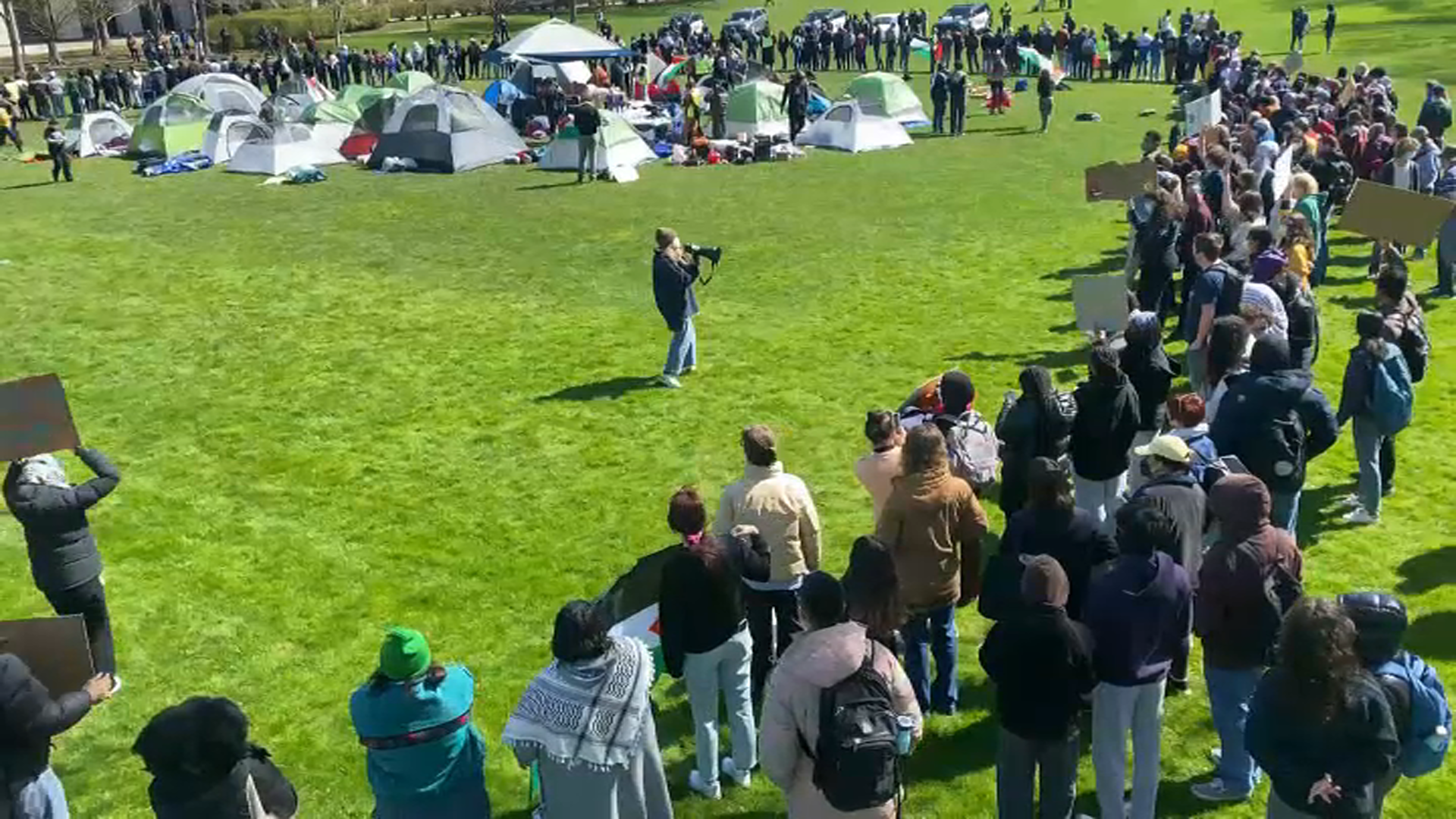Political campaigns nowadays go hand-in-hand with social media campaigns.
Mayor Rahm Emanuel and challenger Jesus “Chuy” Garcia are no strangers to social media, with only a day left before Chicagoans decide who will lead the city next.
Mayoral candidates and their social media following
While Emanuel holds more followers across social media accounts overall, it is Garcia who has gained more social media ground in recent weeks and days leading up to the runoff election Tuesday.
Emanuel currently holds approximately 87,500 likes on Facebook and 111,000 followers on Twitter. Garcia’s following is not as high as the mayor’s with approximately 23,800 likes on Facebook and 7,600 followers on Twitter.
However, based on Facebook analytics data, it seems that Garcia is the more buzzed-about candidate on social media. Although Garcia has fewer “likes” than Emanuel, his Facebook “likes” jumped by 7.6 percent from last week, as opposed to an increase of only 0.5 percent “likes” for Emanuel.
Facebook analytics data also reports that approximately 10,800 people are “talking about” Garcia while 6,900 are “talking about” Emanuel.
Mayoral candidates’ social media presence doesn’t end there. Emanuel’s Facebook page lacks any “likes” for other pages while Garcia’s page “likes” 53 other pages – which include organizations supporting Garcia such as the Chicago Teachers Union, local businesses, politicians such as Sen. Dick Durbin, Chicago Public Schools, Chicago sports teams and musicians such as Chicago rapper Rhymefest.
As for Twitter, Emanuel follows 18 accounts belonging to city services (Chicago Transit Authority, Divvy, Chicago Park District and Chicago Public Library), public education (Chicago Public Schools and City Colleges Chicago), local tech organizations (1871 Chicago and Built in Chicago), Illinois politicians (Sen. Mark Kirk and Sen. Dick Durbin) and grassroots organizations (Chicago Urban League and Arts Alliance Illinois).
Local
Garcia, on the other hand, follows 601 accounts on Twitter belonging to media outlets, grassroots organizations, journalists and communities supporting him. Garcia also “favorited” 690 tweets from organizations to individuals showing support for his campaign, compared to the zero “favorites” Emanuel’s Twitter account has.
How the Mayoral Candidates Use Social Media
Emanuel and Garcia update their Facebook and Twitter campaign accounts regularly with posts coming in almost every day, multiple times a day. When it comes to photo-based app Instagram, however, Garcia is the most active between the two.
Both candidates follow a similar formula to posting on Facebook and Twitter: pictures of them going to events around the city (e.g. Garcia at the Polar Plunge, Rahm at an Easter Egg Hunt in the 3rd Ward), promoting early voting, providing links that help voters find their polling place, documenting canvassing efforts, announcing endorsements, pictures of rallies supporting their campaign, links to their own campaign websites sharing their platform, and live tweets of forums and debates.
There are some distinguishing features in terms of the candidates’ social media behaviors, however. Although both make efforts to show who’s the better candidate, Emanuel and Garcia have different ways of showing disapproval of each other on social media.
The mayor’s social media presence has a more formal tone than his opponent’s. Emanuel regularly posts his visits to various CTA stops, while Garcia’s has only posted a couple CTA-related posts such as traveling to his campaign office off of the Wilson red line. His Twitter account regularly tweets “facts” about his accomplishments, criticisms of Garcia’s proposed policies and quotes from the mayor himself.
Garcia’s social media campaign attempts to appeal to the emotions of the everyday Chicagoan, especially with videos featuring one-on-one interviews with Chicago residents from various neighborhoods. These interviews cover issues including public schools, crime, city government accountability, police and TIF funds.
The formality of the mayor’s social media presence extends to Instagram as well. Emanuel does not have an Instagram account created for campaign purposes. The only account under Emanuel’s name belongs to the Office of the Mayor, which has more than 3,000 followers and does not follow anyone else.
In comparison, Garcia’s Instagram account holds 1,044 followers and follows 275 other accounts. Garcia posts more regularly to the app than the mayor’s office does with updates coming in almost every day. Garcia’s account also provides an outlet for humor with more lighthearted posts than those on Facebook and Twitter. Along with photos from campaign rallies and Garcia smiling with endorsers, the mayoral challenger’s account posts pictures from baked goods and posters made by supporters to a cat joining in on canvassing efforts.
How does social media affect political campaigns?
Although there have yet to be studies on how social media particularly affects local elections, the Pew Research Center reports that social media platforms – especially those accessed via cell phones – are playing more of a role in how voters get political information and follow election news.
According to a 2014 survey, 16 percent of registered voters use social networking sites such as Facebook and Twitter to follow candidates for office, political parties or elected officials, with 35 percent saying that they “feel more personally connected” to political candidates or groups they follow on social media.
In another study conducted shortly after the 2012 presidential election, 20 percent of registered voters encouraged others to vote by posting to social networking sites.
While turnout for the mayoral runoff remains to be seen, both candidates seem to have a grip on social media’s significance in sharing their platform and encouraging Chicagoans to vote.



